More Purposeful and Effective Parent Training Sessions? Start With a Better Plan.
Behavior analysts, occupational therapists, social workers, and other clinicians aim to teach skills that can be used broadly in a number of real-world contexts. Considering we’re not always around, this poses quite the challenge. The families we work with can become powerful advocates for our work and disciplines. And guess what? They are also our best resource available to us to ensure the learning occurring in our sessions is applied in the real world. Parent or caregiver training helps us accomplish this important goal.
We all know how busy family and work life make us. The parents and caretakers of our clients are no exception to this experience. We need to maximize our time and make sure our time with them counts. I’ve written previously about the importance of goals and objectives to increase parental adherence. Providing separate goals for the parent(s), their child, and the parent trainer prior to the start of training ensures the family knows how the trainer will teach them, what they will be expected to do, and what the expected result of their instruction will be on their child’s behavior.
That Sounds Great, but What’s the Best Way To Write These Goals and Objectives?
In a chapter titled Smart IEPs, published on the highly regarded Wright’s law website, the authors break down how to write goals and objectives for individualized education plans. They use the acronym S.M.A.R.T as a handy reference:
- S- Specific: The goals and objectives provide clear descriptions of the expected behavior
- M- Measurable: Someone can record performance and determine if the behavior is changing in the desired way.
- A- Use Action Words: Goals and objectives are written in a way that states what the student will do.
- R- Realistic and Relevant: The goals and objectives are individualized to the student’s needs.
- T- Time-limited: Goals and Objectives are broken down with the expected time frame behavior change will occur in.
Using the SMART Method To Write Parent Training Goals…
At the beginning of every parent training session, I present a set of SMART goals and objectives. They are great for private instruction as well as parent training driven by school districts, allow for transparency, and make it easy to monitor progress. I break my parent training goals and objectives down into three sections:
- Child/Client Goals
- Parent/Caretaker Goals
- Trainer Goals
At the end of the day, everything we do should be centered around the client. We start by outlining the objectives for our client and then build up from there: Our client’s goals help us determine parent and caretaker goals, and our parent and caretaker goals help us determine the goals for our trainers.
For example, say a parent comes to you concerned their child is unable to wash their face. What skills are useful to parents in this situation? The same skills you would use to instruct the child to wash their face.
Once written, tackle the trainer goals first, then the parent goals, and then the child goals.
Here’s an Example of a Set of Goals I’d Use for Parent Training:
Keep in mind the time limits are dependent on parent training arrangements as well as the individual needs of the child. In addition, the specifics of instruction would be elaborated in a separate skill acquisition program provided to the parents.
Child Goals: To be completed within 4 months following the first day of instruction with a parent.
Child Goal 1: After touching the wash face icon on (name)’s independent bathroom schedule, he/she will get a washcloth from the drawer, turn on the water, wet the washcloth, add face wash, and wash his/her cheeks, forehead, nose, ears, chin, neck. When complete, he/she will rinse the washcloth and wipe the face wash off. When done, he/she will place the washcloth into the laundry basket.
Objective 1: Using a picture-based list, with each step represented by a different picture (13 in total), name will independently wash his/her face as described 4/5 opportunities within 7 consecutive days.
Objective 2: Using a picture-based list consisting of 5-8 pictures student will wash his/her face as described 4/5 opportunities within 7 consecutive days.
Objective 3: Using a picture-based list consisting of 3 pictures the student will wash his/her face as described 4/5 opportunities within 7 consecutive days.
Objective 4: After touching the wash face icon on the independent activity schedule (name) will wash face as described 4/5 opportunities within 7 consecutive days.
Caretaker Goals: To be completed within 5 hours over a 3 week period after trainer goals are completed.
Parent Goal 1: After two 1:1 parent training sessions, parent will prompt and reinforce (name’s) behavior during washing face instruction and implement error correction procedure if necessary.
Objective 1: Parent will implement washing face instruction using a full prompt, graduated guidance prompt, or spatial fading prompt level 2/2 opportunities with the trainer as “child.”
Objective 2: Parent will implement instruction using a full prompt, graduated guidance prompt, or spatial fading prompt level 2/2 opportunities when the trainer is present, during washing face instruction with their child.
Objective 3: Parent will deliver reinforcers correctly (as specified in program) 2/2 opportunities during washing face instruction with trainer as “child.”
Objective 4: Parent will deliver reinforcers correctly, (as specified in program) 2/2 opportunities when the trainer is present, during washing face instruction with their child.
Objective 5: Parent will implement error correction procedure (as specified in program) 2/2 opportunities….
And so on. I include objectives for data collection, and fading proximity from child as well.
Trainer Goals: To be completed within five 1- 1.5 hour sessions over a 3 week period.
Goal 1: To provide instruction to parent on how to prompt, reinforce, and implement error correction procedure during washing face instruction, and to collect and graph data on their child’s behavior.
Objective 1: Trainer will provide written material on and a verbal explanation of, types of prompts, delivery of prompts, prompt fading, error correction, the delivery of reinforcement, and data collection during a 1.5-hour session with parent.
Objective 2: Trainer will model for parent how to use a full physical prompt to teach washing face using picture list during one 1:1 parent training session.
Objective 3: Trainer will model for parent how to fade prompts using graduated guidance and spatial fading when teaching how to wash face using a picture list.
Objective 4: Trainer will provide feedback to parent on parent’s use of full physical prompt, graduated guidance and spatial fading techniques during 1:1 parent training session with trainer as “child”
…and so on. I include objectives for all aspects of instruction including reinforcer delivery and data collection.
Okay… Not the Quickest Process, but It Allows You To Focus on What Matters Most in Parent Training Sessions.
Although it takes time, I find that starting the parent training process off with a SMART set of goals and objectives starts us off on the right foot. More importantly, reviewing the goals and objectives after every session and having both the trainer and parent sign off when a training objective is complete, keeps everyone on track and invested in the training process.





